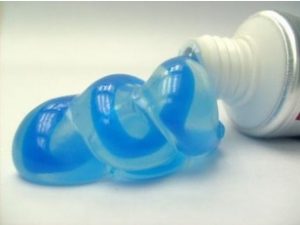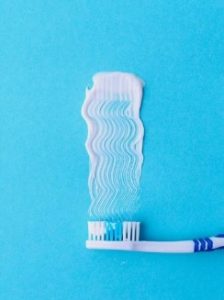
Our dentists often get asked by their patients about what toothpaste they should be using for themselves and their families. With a rise in the number of toothpaste brands on the market, it’s overwhelming to find the best one suited to you. In this blog, we’re going help you with the questions you can look for to make that choice!
Manual brushing and flossing are great at keeping your teeth free from bacteria as it effectively removes the plaque that builds up over the day. While toothpaste is a great addition (we’ll go into that soon), it’s not always necessary. Brushing without toothpaste isn’t recommended long term, but if you need to – it’s always better to brush than to not brush!

So, if it’s the brushing and flossing that removes the plaque – why do we need toothpaste?
Using toothpaste is like putting the finishing touches on a painting. It completes the clean and adds the protective layer that strengthens the surfaces. Most toothpastes include the minerals and fluoride that strengthens the enamel surface to prevent cavities and sensitivity, while protecting the gums and helps with reducing plaque build-up.
What should you look out for?
The main thing you want your toothpaste to do is clean. If you’ve ever noticed a gritty texture in your toothpaste, you’re noticing the ingredients that help clean the tooth surface. One thing to remember is that while the gentle abrasion of the toothpaste is good, you don’t want to wear your enamel down at a fast rate. When you are brushing your teeth twice a day, the wear adds up over time and can damage the tooth surface. It’s best to look for a smoother toothpaste to minimise the amount of wear your teeth experience.
Fluoride is a great addition!

Choosing a toothpaste with fluoride is important. Having a fluoride toothpaste ensures that you are strengthening the enamel on the teeth making the surface stronger and less likely to get decay.
Always be sure to check the fluoride level in the toothpaste you’re using. This is great to check when you have children, as the level of fluoride that a child under 6, is different to what a child over 6 will need. If you are particularly susceptible to getting cavities, a dentist may recommend a toothpaste with a higher level of fluoride in your toothpaste. If you’re unsure what toothpaste you should be using, never be afraid to ask your dentist at your next appointment.
Natural toothpastes that do not have fluoride don’t provide the same benefits of strengthening the enamel and therefore don’t prevent decay from occurring as well as a toothpaste that does include fluoride.
